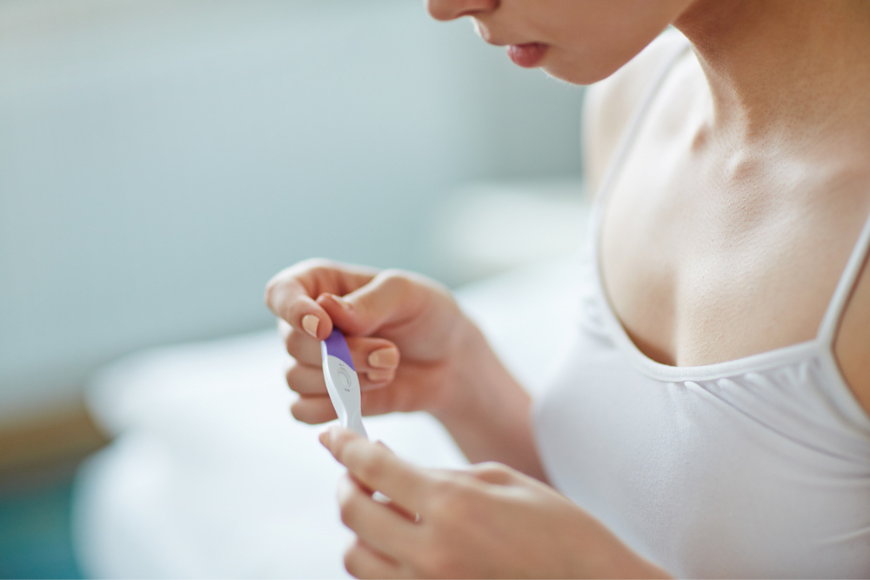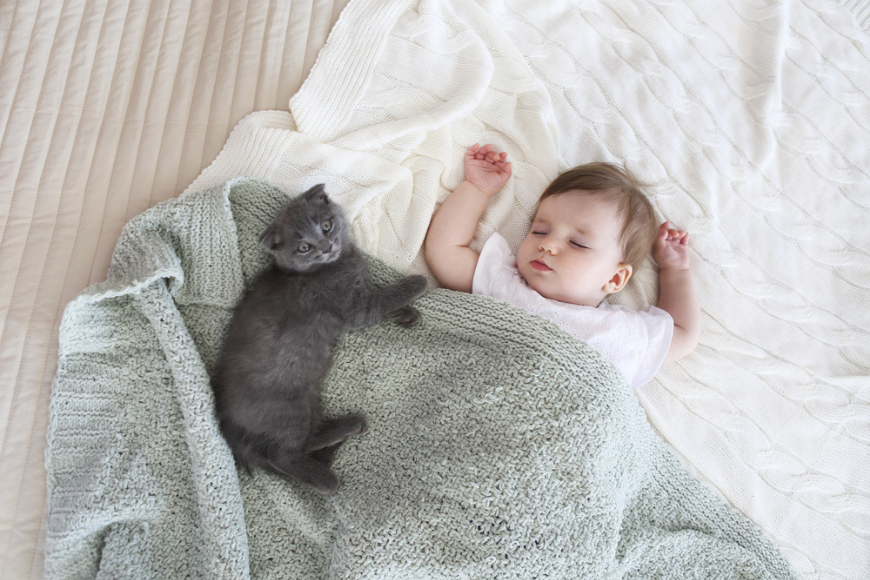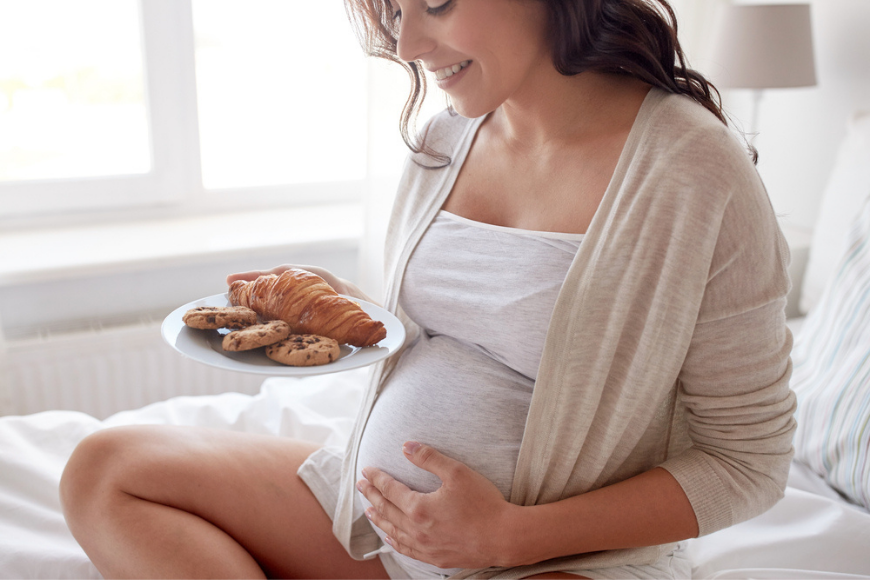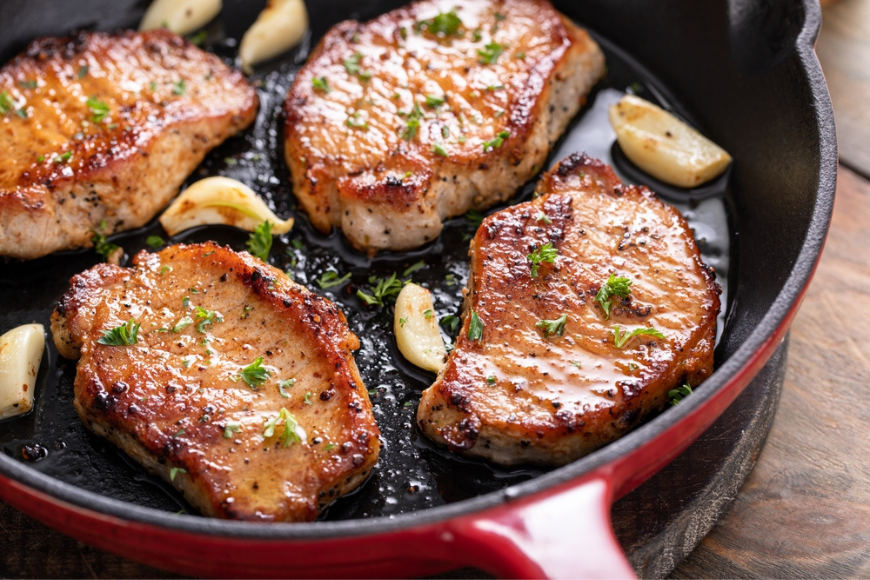28 January 2013
| Last updated on 19 January 2020Rabbit Dental Disease
Dental disease in pet rabbits remains one of the most common problems. In recent years we have come to a better understanding of causes, prevention and treatment of these diseases.
Anatomy of rabbit teeth

Rabbits are herbivores that are designed to eat a diet comprised of a wide variety of vegetation from succulent to tough, dry material.
All of the rabbit's teeth grow continuously throughout its life to compensate for the pronounced wear created by long periods of chewing on abrasive foods. Rabbits have a total of 6 incisors (the teeth you see in the front), 2 sets upper and one set lower, and no canine teeth.
The cheek teeth consist of 3 upper premolars and 3 upper molars and 2 lower premolars and 3 lower molars on each side. The teeth are worn down at a rate of approximately 3mm per week.
The top part of the tooth that is visible to us is called the crown and the bottom is called the root. The root is only visible with the aid of an x-ray. Improper wear of a rabbit's tooth can lead to overgrowth or crooked growth of either the crown or the root.
Rabbit teeth have a natural curve as they grow. If the crown of a cheek tooth becomes overgrown it can come into contact with either the inside of the cheek or the edge of the tongue resulting in painful ulcers. These ulcers can be painful enough to cause the pet to stop eating.
Main causes of dental disease in pet rabbits
Genetics
Unfortunately human interference in the breeding of rabbits has often resulted in anatomical changes that can lead to disease. In the case of dental problems, changing the shape of the skull can drastically change how the teeth contact and wear on each other.
Diet
Next to genetics, this is probably the most common cause of dental disease in the pet rabbit. In our modern world, we were trained to believe that a commercial pelleted diet is the best diet for a rabbit. After all, it is convenient, tidy and contains all the nutrients that the rabbit needs. The problem is that rabbits were never designed to eat a diet that is essentially already “chewed up” or pulverized. A pellet breaks apart easily in the mouth and there is little work for the teeth to do and thus little wear.
In addition, because pellets are a concentrated nutrient source, the VOLUME of food is a fraction of what a rabbit would be eating in the wild and therefore the actual amount of time a rabbit spends chewing in a day is drastically reduced. Both the small volume and composition of an exclusively pelleted diet adversely affect proper tooth wear. We therefore recommend giving your pet rabbit also plenty of hay and also hard vegetables to chew on.
Signs of dental disease

There are a variety of signs associated with dental disease ranging from almost undetectable to severe.
If the disease is mild, the rabbit may not show any obvious problems and the problem may only be discovered on a routine physical examination. However, most dental problems eventually become painful and the rabbit will give some obvious indications of discomfort or inability to eat properly.
Anorexia (loss of appetite)- This is a common finding because of the pain of either a tooth spur causing an ulcer of the cheek or tongue, an elongated tooth root or because the teeth are so out of alignment the rabbit can't pick up or chew food. There are many other causes of loss of appetite.
Being more selective about the food - As rabbits start to develop malocclusion of the teeth or dental pain they may stop eating certain items such as carrots, pellets and occasionally hay. They will continue to eat soft foods like fruits and some leafy greens, but cannot eat the harder foods.
Dropping food out of the mouth - The rabbit still tries to eat, but can't completely chew the food and some of it falls back out of the mouth.
Excessive tear production - This is a common sign of dental disease that involves the upper incisors. The tip of the upper incisor root is in close proximity to the tear duct. Inflammation or elongation of the root can partially or totally block the tear duct. The tear gland will still produce tears but they spill over onto the face as opposed to going down the duct. The corners of the eyes appear wet or accumulate a crusty white material that is an accumulation of salt and mucous. Secondary bacterial infections cause inflammation of the tear duct as well as the production of pus.
Nasal discharge - If the roots of the upper incisors are inflamed or elongated there may be irritation to the sinuses resulting in nasal drainage.
Salivating excessively - This can happen because of pain or the inability of the rabbit to properly close its mouth due to overgrown teeth. The saliva accumulates on the fur in the corners of the mouth, the chin and the dewlap.
Prevention of dental disease

Diet- It is obviously not possible to prevent all types of dental disease. Dental problems caused strictly by diet, however, can be avoided. Your rabbit should be fed a diet of unlimited grass hay and a good amount and variety of fresh leafy greens daily. Avoid feeding a diet of pellets only.
Veterinary examination – Have your pet rabbit examined by a veterinarian at least once a year. Part of a thorough physical examination on a rabbit is a dental exam.




.png?itok=HBSyMDok)









































































.png)


























.png?itok=0fOAXkOm)

























.png?itok=EH_x0Pha)
